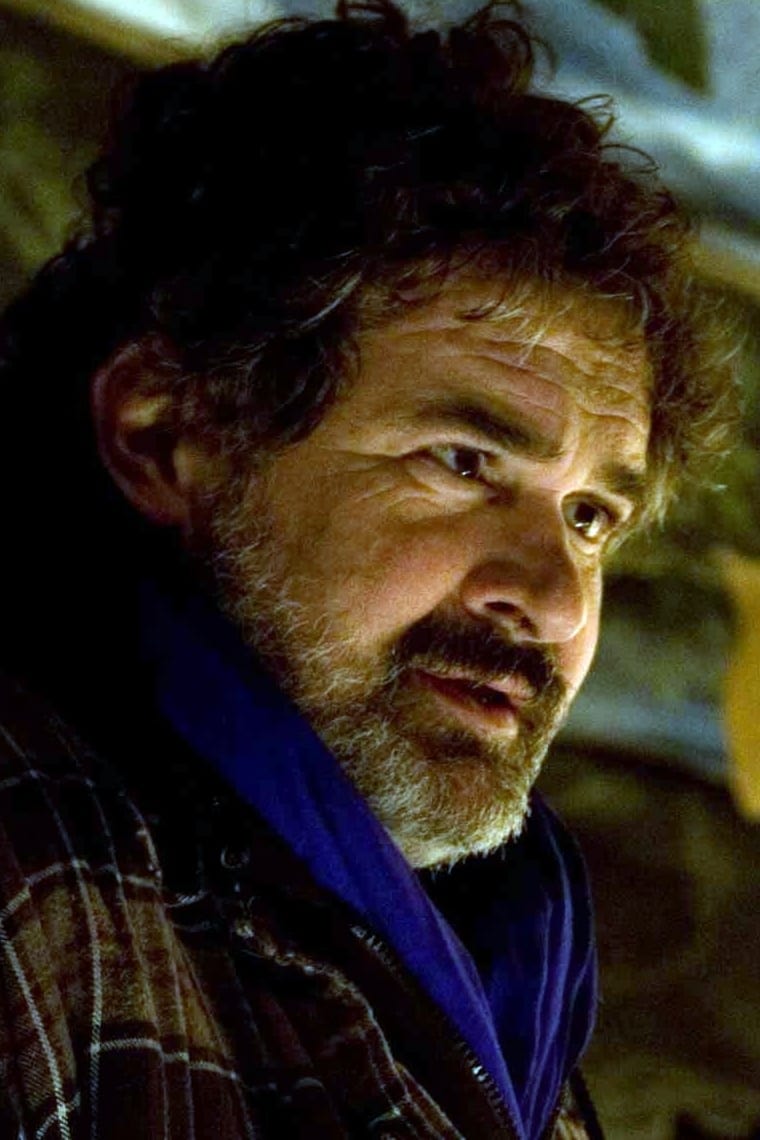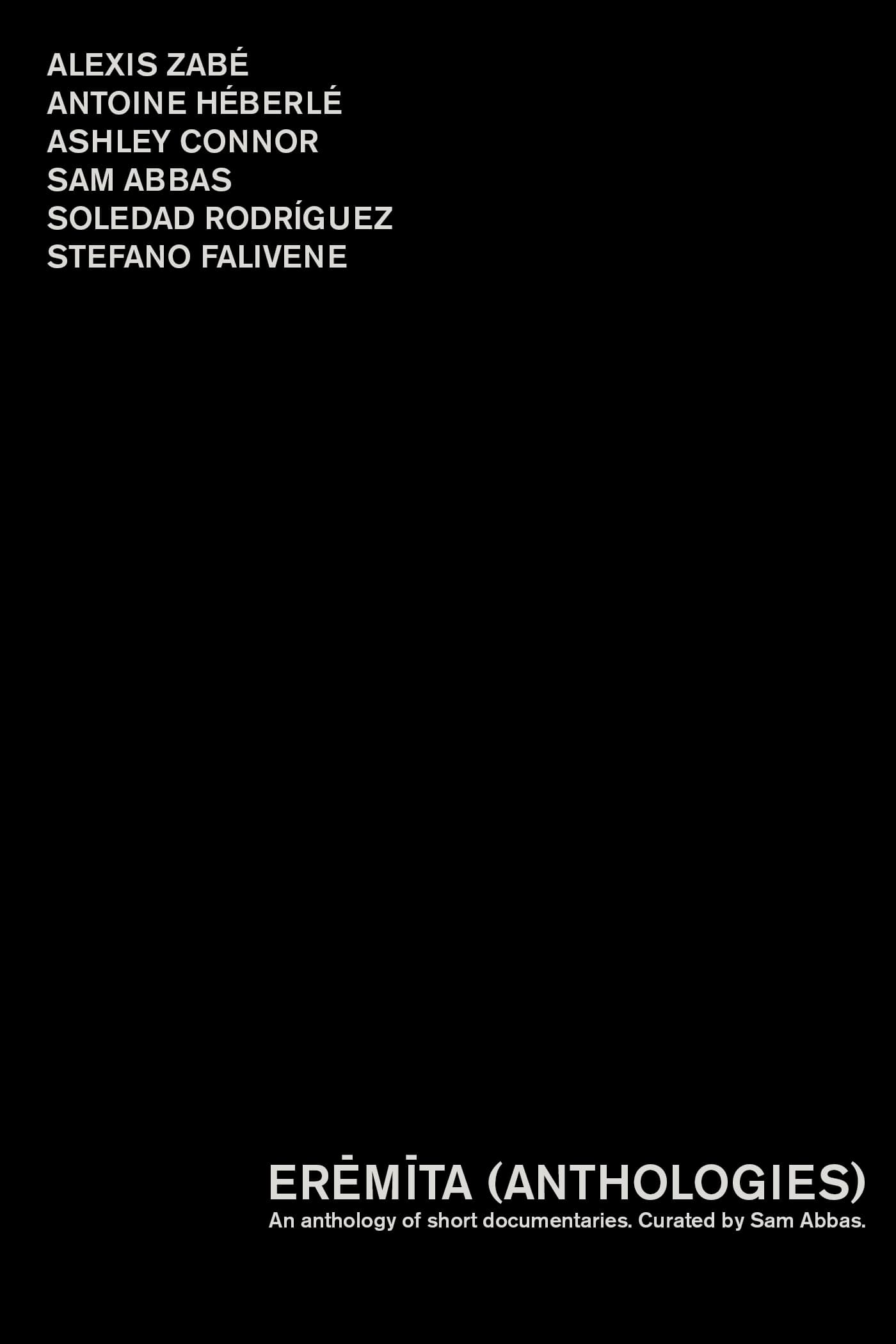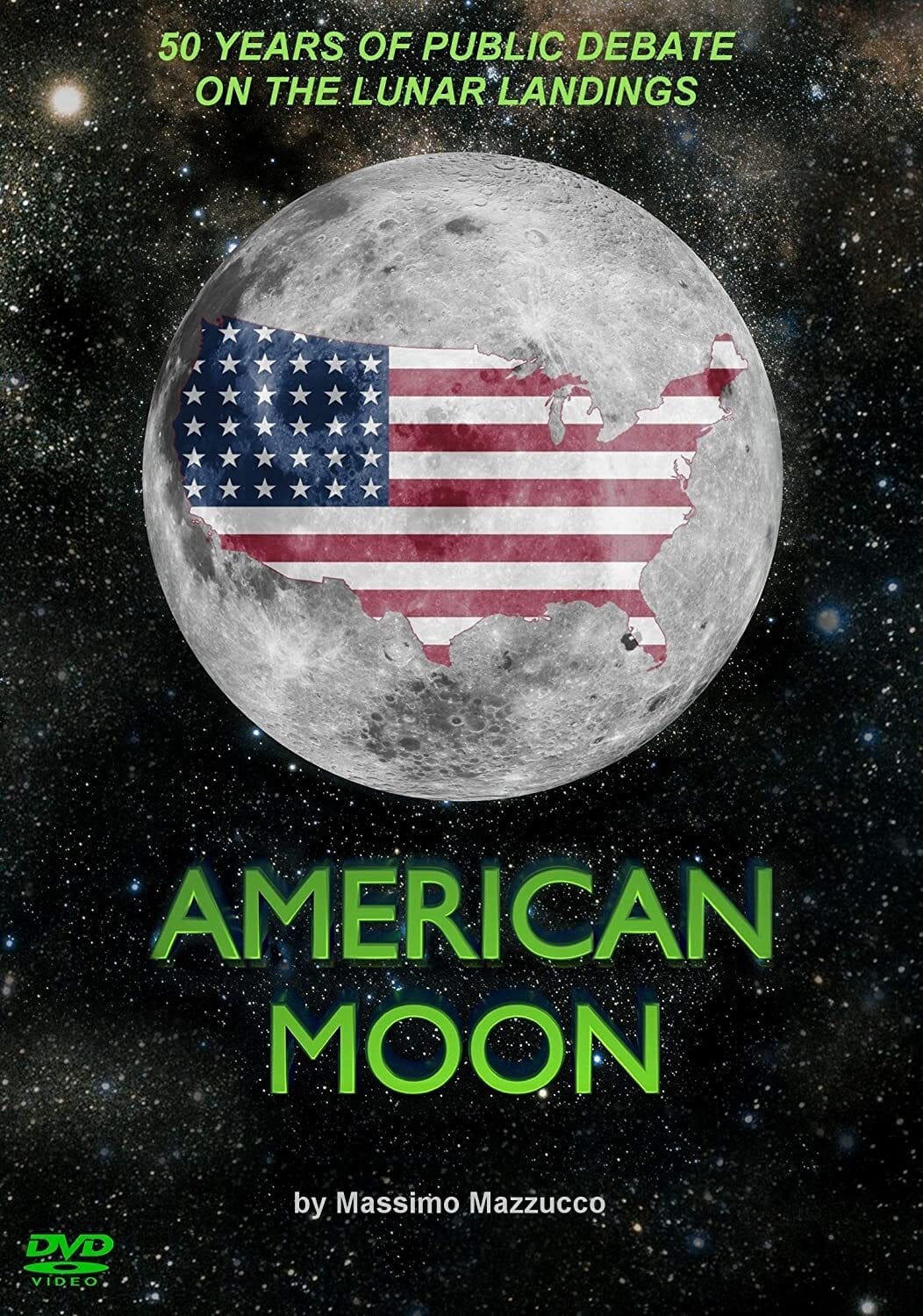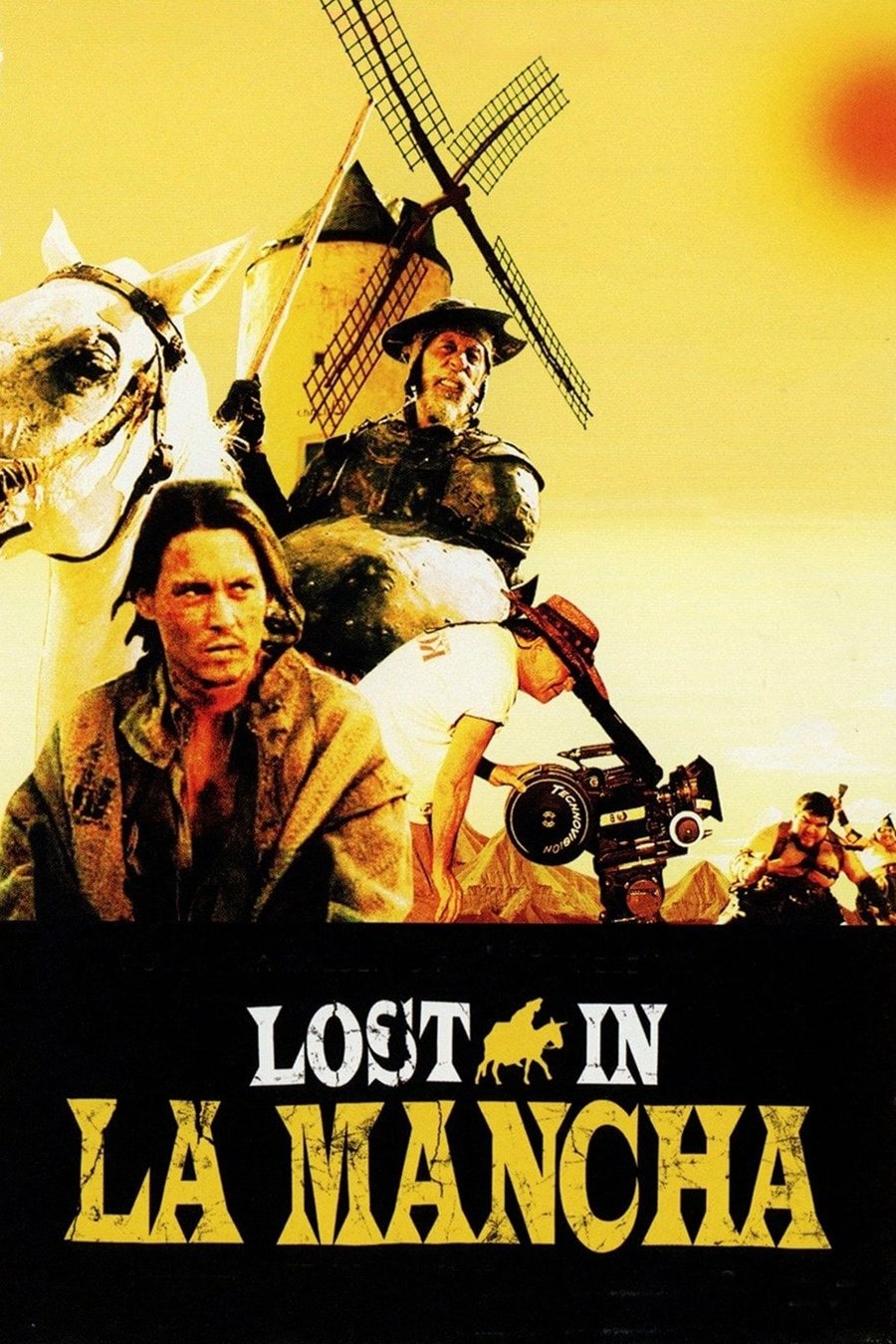

An anthology of short documentaries composed during the 2020 pandemic by leading cinematographers curated and produced by Sam Abbas.

15 years after "Lost in la Mancha", Keith Fulton and Louis Pepe come back to follow Terry Gilliam's new (successful) attempt at filming "The Man Who Killed Don Quixote".

Has man really been to the moon? It’s been 50 years, and the debate rages on. For the firs time, a film compiles in a single piece of work, all the best evidence in favor of the moon landings and the evidence contrary to them. For the first time we can also analyze the Apollo pictures in detail, with the aid of some among the top photographers in the world. What was the Apollo project really? The biggest achievement in the history of mankind, or the biggest fakery of all times, watched on live television by more than half a billion people?

Fulton and Pepe's 2000 documentary captures Terry Gilliam's attempt to get The Man Who Killed Don Quixote off the ground. Back injuries, freakish storms, and more zoom in to sabotage the project.
Nicola Pecorini (born 10 August 1957) is an Italian-born cinematographer. Pecorini was born in Milan, Lombardy, Italy. He founded, with Garrett Brown, inventor of the steadicam, the Steadicam Operators Association, Inc. (SOA), in 1988. Pecorini moved to the United States in 1993. Since 1997, he has frequently collaborated with critically acclaimed director Terry Gilliam (together they have made Fear and Loathing in Las Vegas, The Brothers Grimm, Tideland, The Imaginarium of Doctor Parnassus, The Zero Theorem and The Man Who Killed Don Quixote). In 2000, he won Best Cinematography at the San Sebastian International Film Festival for Harrison's Flowers. He is married to British actress Caroline Goodall and has two children, Gemma and Leone. He is blind in one eye. Source: Article "Nicola Pecorini" from Wikipedia in English, licensed under CC-BY-SA 3.0.
By browsing this website, you accept our cookies policy.